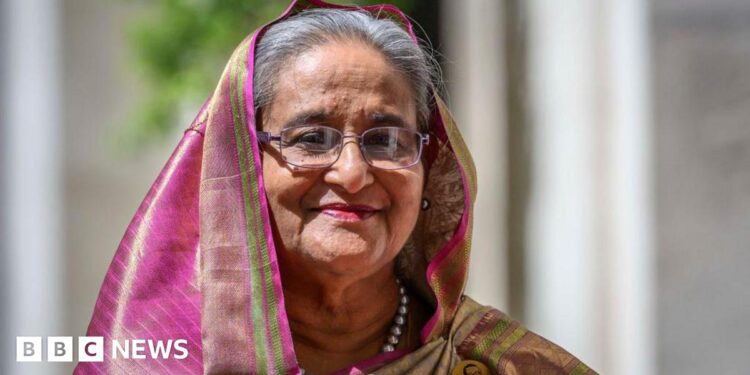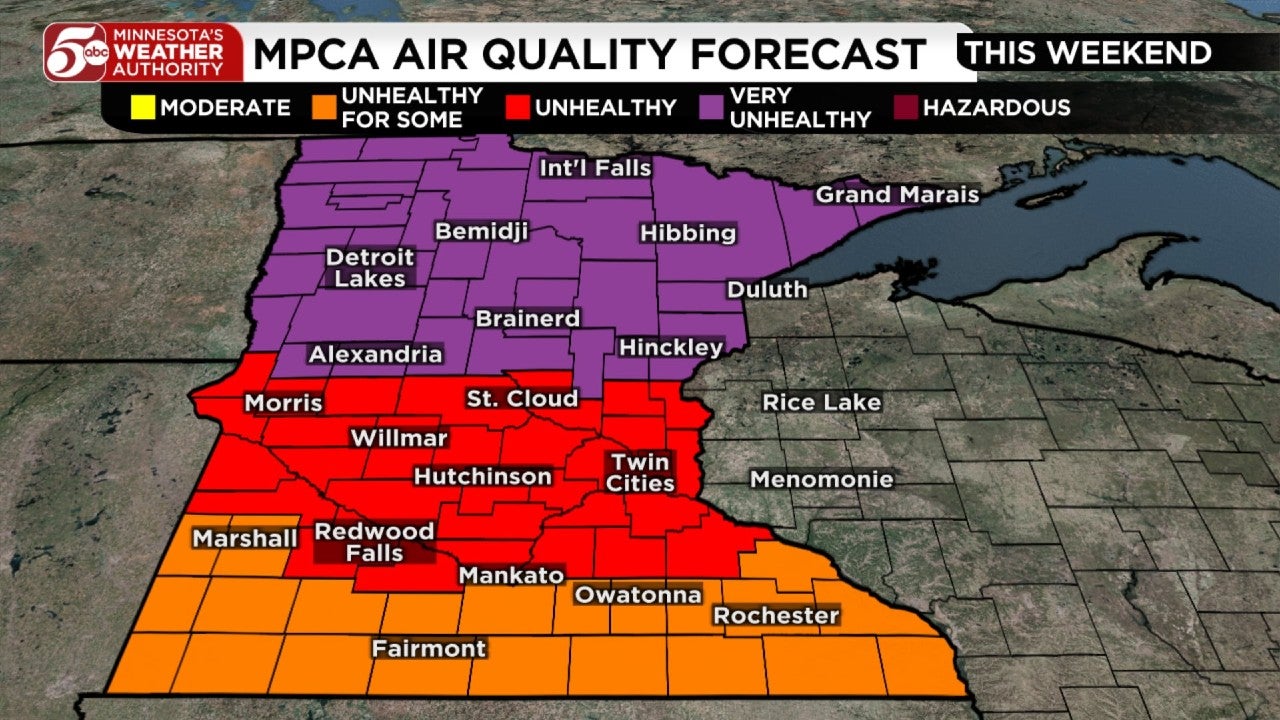How did we get here?published at 09:23 GMT
Nick Marsh
Live reporter
Image source, Getty ImagesImage caption,
After Sheikh Hasina fled the country last year, huge crowds stormed her official residence in Dhaka
The trigger for last year’s deadly protests was young Bangladeshis’ anger at the way government jobs were being handed out.
Since its war of independence from Pakistan in 1971, Bangladesh had always reserved 30% of all civil service roles for veterans and, crucially, their descendants.
By 2024, thousands of desirable jobs were being given to people based on their ancestry rather than on merit. In practice, they were often supporters of Sheik Hasina and her party, the Awami League.
For students and young graduates suffering from a sky high unemployment rate, the quota system was beginning to be seen as a sign of cronyism within Bangladesh’s establishment, rather than a reward for patriotism.
Since the interim government took over, the quota system has been vastly reduced. Now only 5% of government jobs go to descendants of war veterans.
Bangladesh’s new leader Muhammad Yunus has also stabilised the economy somewhat, by boosting the country’s foreign reserves and securing vital loans from the International Monetary Fund.
But Bangladesh, one of the world’s biggest clothing producers, needs more foreign investment to repair its fragile economy. That won’t happen, so long as the violence and political instability continues.










